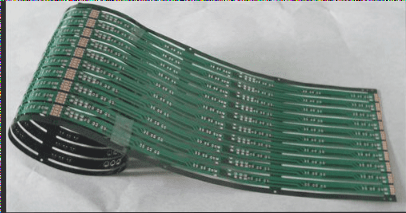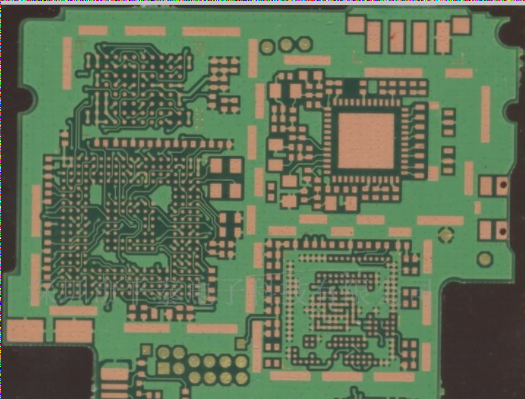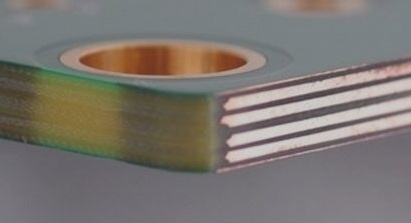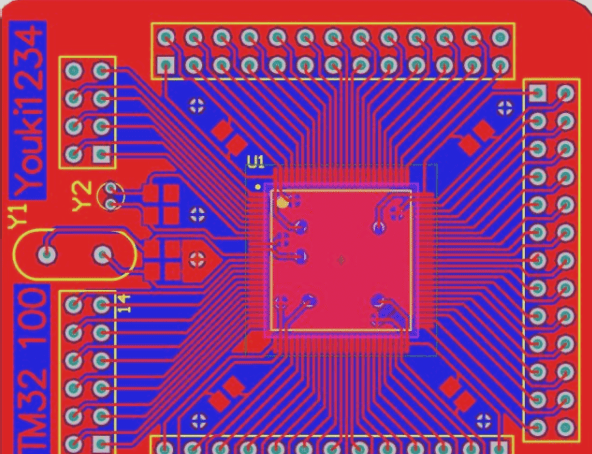PCB Wire Bonding: Connecting Components Across Different PCBs
What is PCB wire bonding?
PCB wire bonding is a method used to connect different components across multiple PCBs. It involves using thin metallic wires to bond them to metal pads on the PCBs, allowing for the connection of specific components or entire PCBs.
Why is PCB wire bonding still used today?
Despite newer technologies like flip-chip being available, PCB wire bonding is still utilized for devices where bandwidth is not a concern. This technique offers benefits such as cost-effectiveness and packaging advantages, making it a viable option for certain applications.
Benefits of PCB Wire Bonding
- Allows testing: PCB wire bonding enables easier testing of components and circuits, providing a clear signal path for analysis.
- Flexibility: With PCB wire bonding, devices with moving or folding parts can achieve flexibility in design and functionality.
- Reliability: The bond created through wire bonding is highly reliable, making it suitable for applications with varying pressure requirements.
- Repairability: Wire bond PCBs offer improved repair options by facilitating the identification and resolution of issues between components or PCBs.
- Saves space: PCB wire bonding helps save space by allowing for connections between different PCBs without the need for a single large PCB.
These benefits make PCB wire bonding a versatile and practical solution for various electronic manufacturing needs.
Benefits of PCB Wire Bonding for Space Saving
PCB wire bonding is renowned for its space-saving advantages in dealing with complex circuits. By utilizing this technique, space is conserved that would otherwise be occupied by intricate circuits, making it a flexible solution for both packing and deployment.
Cost-Effective Solution
One of the key advantages of PCB wire bonding is its cost-effectiveness. It reduces packaging costs by saving space between PCBs, resulting in lower packing and shipping expenses. Additionally, unlike other PCB types, wire bonding allows for repairs, enabling easy identification and fixing of malfunctions.
Moreover, the overall production cost can be significantly reduced with wire bonding as it allows for the use of different materials tailored to the circuit’s requirements.
Types of Wire Bonding
There are various types of wire bonding based on the method, material, and shape used. Understanding these types is crucial for efficient PCB design and assembly.
Bonding Methods
- Thermocompression: Involves heating semiconductor chips to 200-300 degrees Celsius and applying high pressure to create bonds.
- Ultrasonic: Polishes and bonds metals together by removing surface impurities and bringing metal molecules close enough to create a bond.
- Thermosonic: Utilizes ultrasonic power, heat, and mechanical force to bond silicon IC with gold or aluminum on a surface substrate.
Materials Used
- Gold: Utilizes mechanical force, heat, and ultrasonic power to create connections for electrical conductivity.
- Copper: Similar to gold bonding but with copper wire, offering better heat and electrical conductivity.
- Aluminum: Requires no heat treatment, only mechanical force and ultrasonic power for conductive bonding.
Bonding Shapes
The shape of pads and bonding plays a crucial role in wire bonding. Here are the different bonding shapes:
- Ball
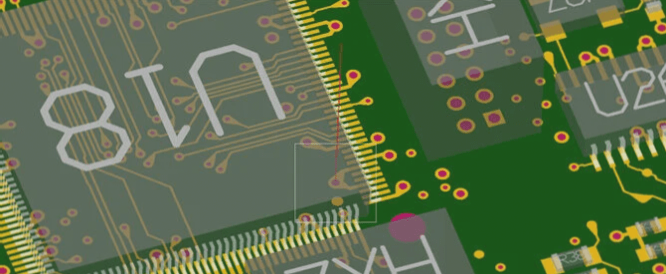
PCB Wire Bonding Process Explained
- Wedge Bonding
- Fine-pitch Bonding
PCB wire bonding is a crucial process in which pads bond with silicon die and a lead frame or substrate using fine diameter wires. The process involves three main steps: 1st bond shaping, 2nd bond shaping, and wire looping.
Choosing the Right Bonding Type
Selecting the appropriate wire bond type can be challenging, as it needs to meet specific requirements. Factors such as shape, temperature, and size play a vital role in determining the durability and reliability of the bond for a particular application.
How to Remove PCB Wire Bonds
While removing PCB wire bonds is not a common task, it is essential to know the correct method. Soldering methods often fail, making shearing the most effective way to remove wire bonds. Plastic tweezers can provide the necessary sideways shear force to remove the bond easily.
Benefits of PCB Wire Bonding
Despite the availability of newer techniques, PCB wire bonding remains a preferred choice in many applications due to its cost-effectiveness and resource-saving benefits. Understanding the different types of wire bonding processes and their advantages can help in making informed decisions for PCB assembly.

